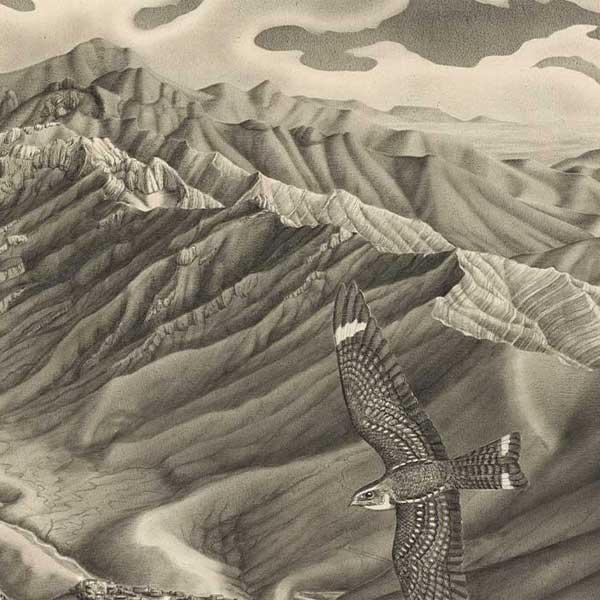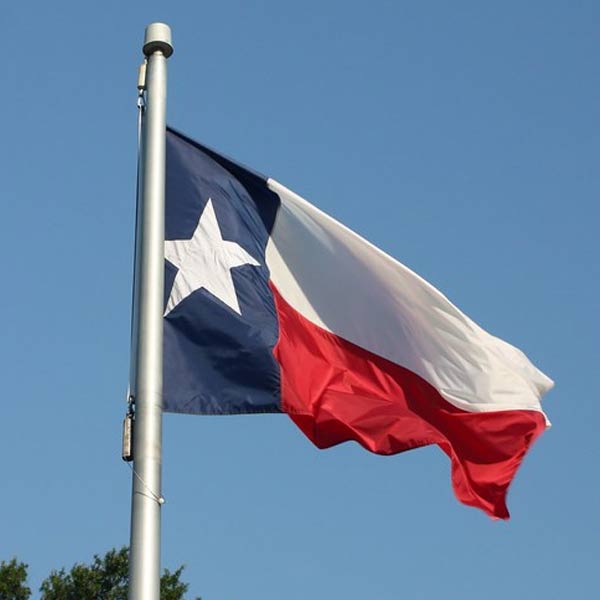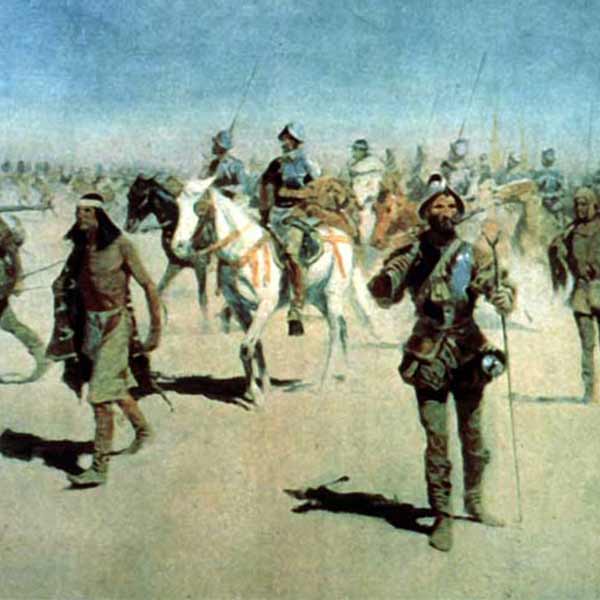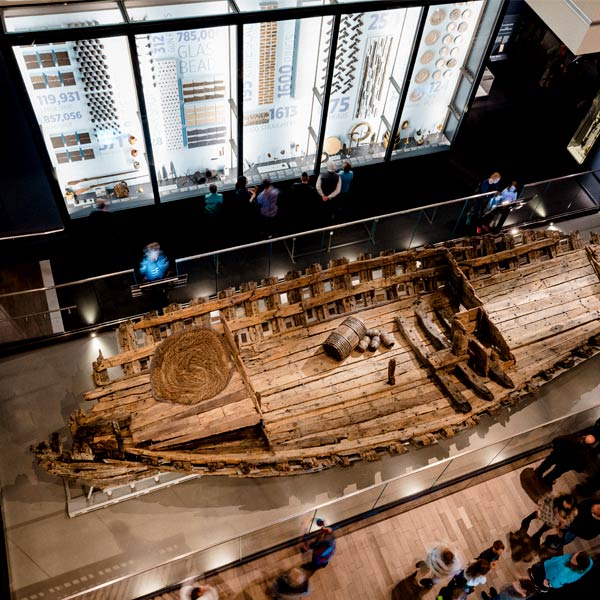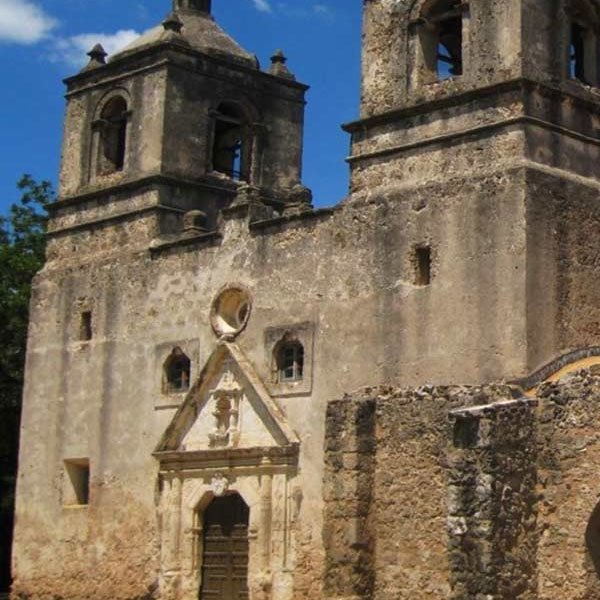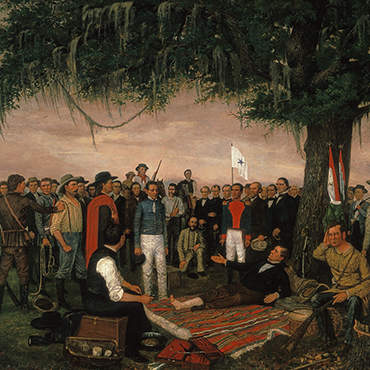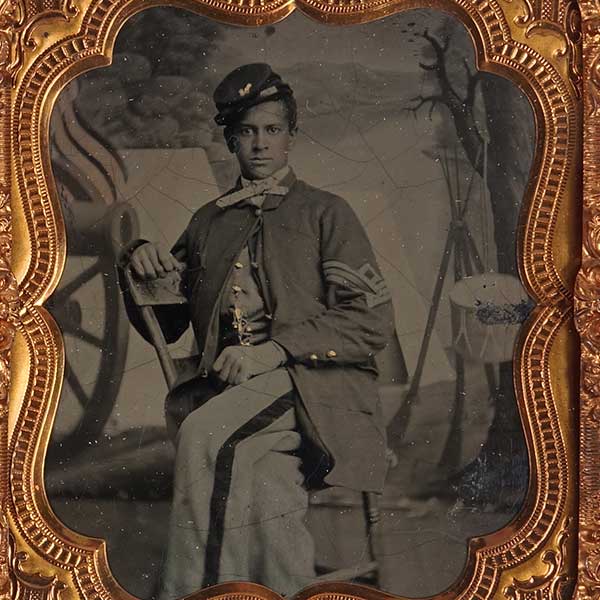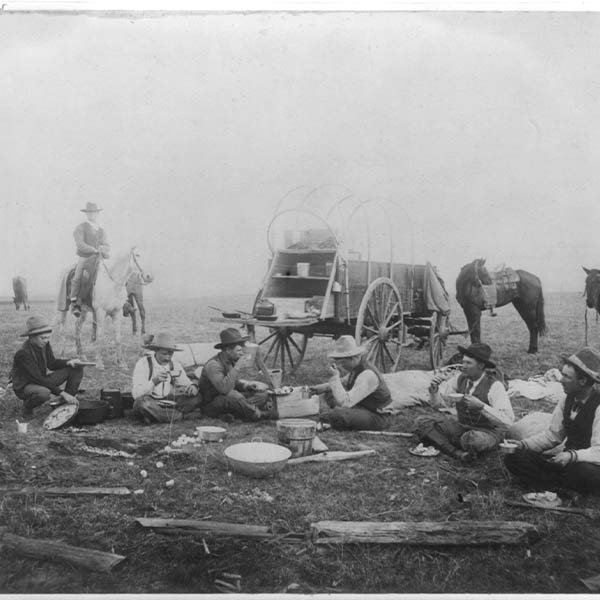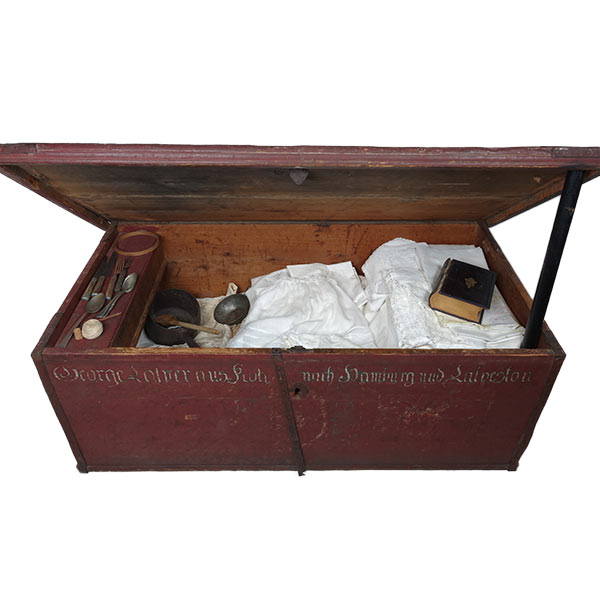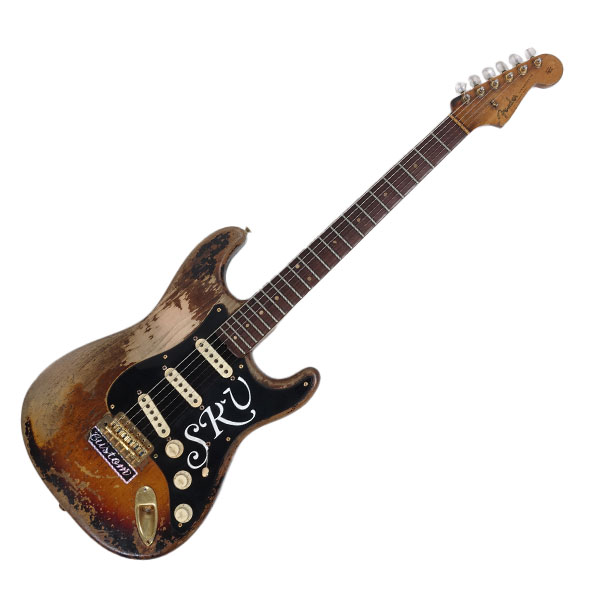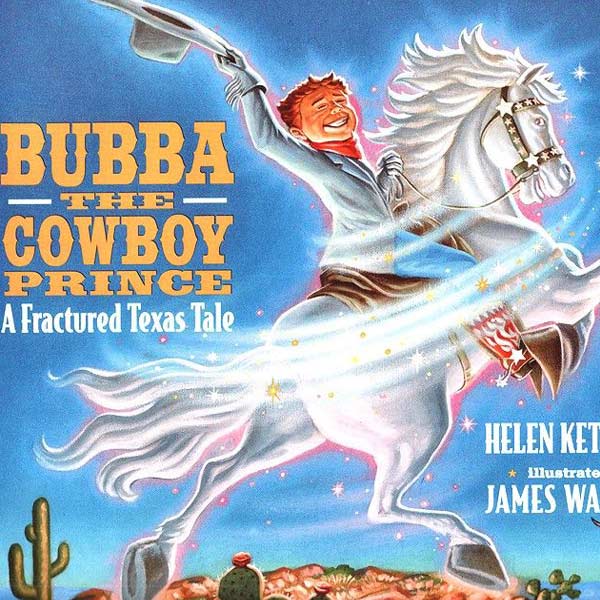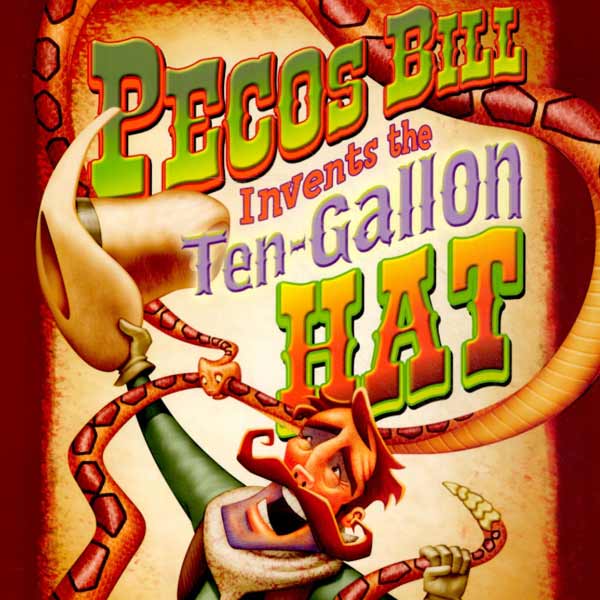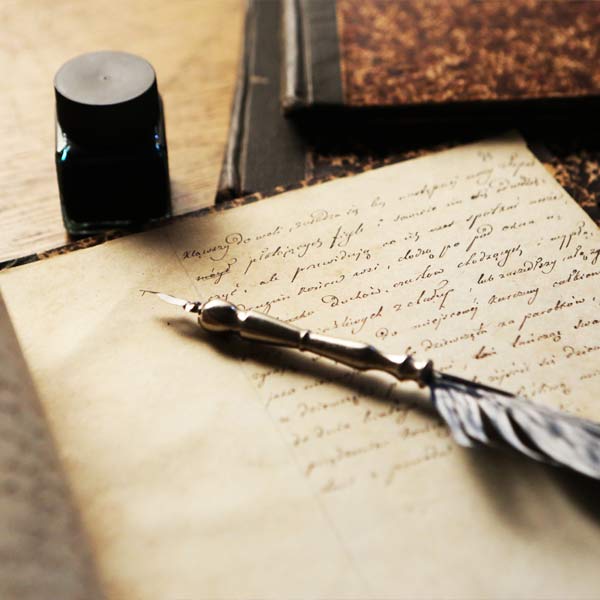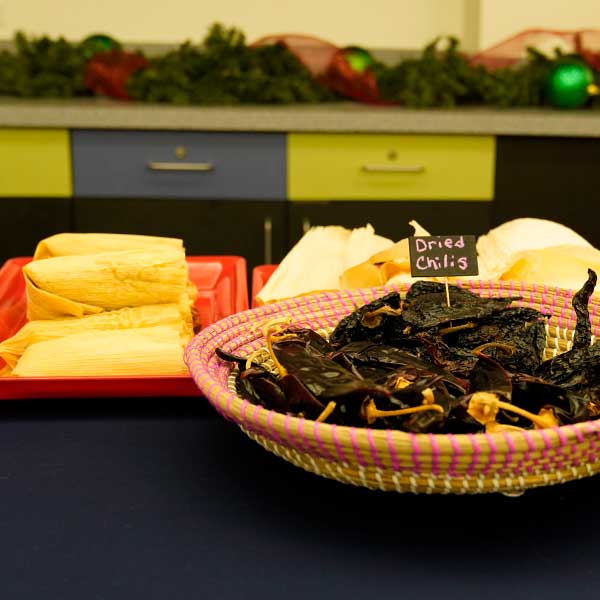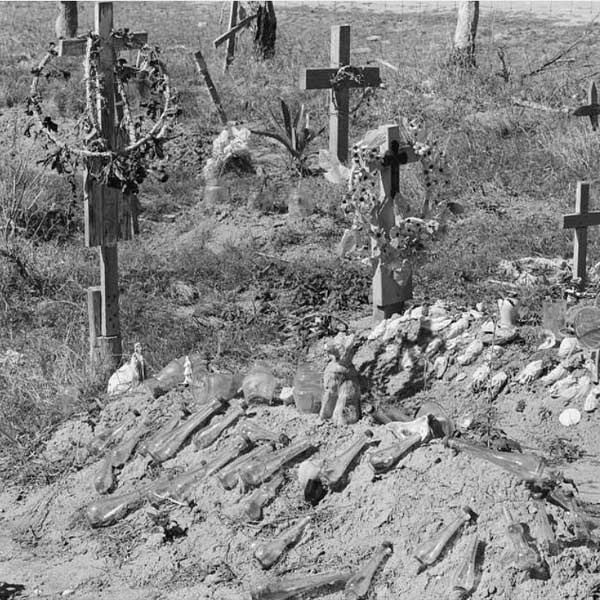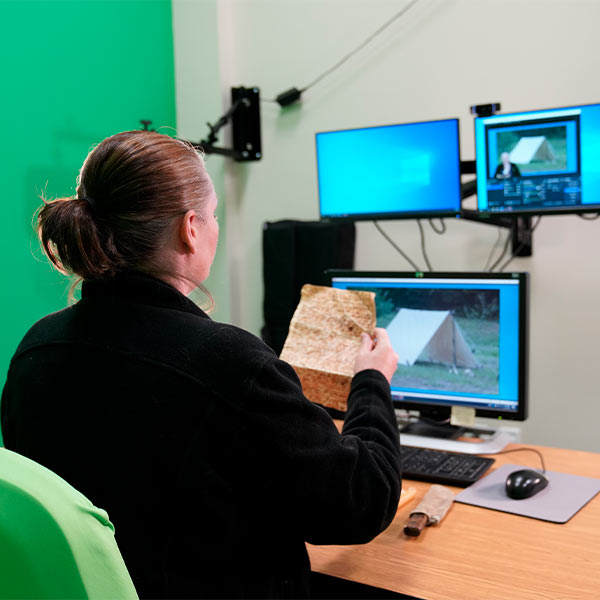Distance Learning
Bringing the Museum to you.
Connect with a Museum Educator through live, free, interactive videoconferencing direct from the Bullock Texas State History Museum.
Can't bring your class to the Museum? Bring the Museum to your class! Distance learning with the Museum allows students to explore history through conversations with Museum Educators. These curriculum-enhancing experiences engage your students in thinking critically about Texas history by examining artifacts and primary sources. Programs are designed with pre and post-viewing activities and a variety of teacher resources aligned to the Texas Essential Knowledge and Skills (TEKS).
All programs are free and run approximately 45–60 minutes. We recommend a maximum of 35 students per session to promote more direct engagement opportunities.
2023–2024 Student Programs
They were engaged and interested. This was a great learning experience and connected with our curriculum of explorers. Woodland Elementary
Discovering the Regions of Texas
grades: K–7 | time: 45 minutes
Where are the different geographic regions of Texas? How have people adapted to the landscapes, plants, and animals that define Texas? How have artists captured Texas’s diverse geography from across the state? A Museum Educator will use photographs, paintings, and virtual visits to a Texas State Park to investigate Texas’s natural history and inspiring beauty from the Gulf Coast to the Guadalupe Mountains.
What Makes Texas, Texas?
grades: K–7 | time: 50 minutes
What do you picture when you think about Texas? How much do you know about the symbols chosen by our Legislature? Which symbols of Texas are your favorites? A Museum Educator will lead students as they discover the important elements and symbols that represent our great state through sight and sound.
First Encounters: When the Europeans Met the Karankawa
dates covered: 1500–1600
grades: 4–7 | time: 50 minutes
How did early American Indians encounter their environment, other tribes, and the Spanish conquistadors in the vast landscape that would become Texas? A Museum Educator will lead students as they search for evidence from artifacts and paintings to explore stories that reveal what impact these first encounters made upon these early Texans.
La Belle: The Ship That Changed History
dates covered: 1680–1700
grades 4–7 | time: 50 minutes
Who was the 17th Century French explorer La Salle? How did the sinking of his ship, La Belle, change the history of Texas? What technological innovations were used to excavate and conserve this 300-year-old ship and its artifacts? Discover the answers to these questions by examining the artifacts found on the ship with a Museum Educator.
Spanish Missions in Texas
dates covered: 1650-1750
grades 4–8 | time: 50 minutes
Why did the Spanish attempt to build missions in Texas? What effect did this have on the Native Americans living in Texas? Were these missions a success or a failure? Explore these questions alongside a Museum Educator using maps, timelines, and historical information.
Myths and Unsolved Mysteries of the Texas Revolution
dates covered: 1820–1840
grades: 4–7 | time: 50 minutes
What were the causes of the Texas Revolution? What key players and events helped a small group of revolutionaries achieve independence from Mexico? There are some mysteries to the story we may never solve. Students will sort through the fact and fiction of this epic moment in Texas history through an artifact adventure and discover why the Texas Revolution is crucial to understanding American history.
Texas and the Civil War
dates covered: 1860–1880
grades: 4–12 | time: 50 minutes
Why did the United States divide and go to war against itself? How did this affect families, the economy, and enslaved people? What battles were fought within Texas' borders and what toll did these battles take on the soldiers? A Museum Educator will lead students as they search for evidence from artifacts and paintings.
Mavericks, Dogies, and Drovers — Cattle Drives
dates covered: 1860–1890
grades: 4–7 | time: 50 minutes
People associate the word “cowboy” with “Texas” beginning with one specific time period in Texas history—the heyday of cattle drives. Although this era only lasted from 1866–1890, the cattle drive era shaped the image of Texas. Who started the cattle drives, and where did the trails go? What jobs could people do on a cattle drive, and what was life on the trail like? What were the risks and benefits of driving cattle to market? Hear from a special guest speaker, an 1870s cattle driver who has traveled through time to reminisce about his cattle drive experience.
Gone to Texas: Part of the Nation's Immigration Story
dates covered: 1840–1940
grades: 4–12 | time: 50 minutes
Why did people move to Texas from other countries? What challenges and opportunities did they face? A Museum Educator will discuss the four primary waves of immigration to the United States through Texas from 1845–1924, the history behind the movement of people to Texas then and now, interesting stories from immigrants, and show artifacts that people brought with them on the journey. Many of the stories of immigration to Texas can also be compared to the characteristics of immigration to the United States.
Singin’ the Blues in Texas
dates covered: 1920–1970
grades: K–12 | time: 45 minutes
When you live in Texas, you might hear many different genres of music playing on the radio—including the blues! What is the blues, and how did this style come about? What instruments, like the guitar, are used in the blues? How have Texan artists put a unique spin on the blues? This program will highlight the African origin of blues music and instruments. It will also feature musical theory, poetry-based lyric patterns, and other specific characteristics of the blues. Plus, you'll get to try your hand at becoming a blues musician yourself!
Fun with Fractured Fairy Tales
grades: K–5 | time: 45 minutes
Bubba is bossed around the family ranch by his wicked step-daddy and his nasty stepbrothers. Bubba never complains, though. He is a real cowboy. What makes a story a fairy tale? What are the characteristics of that genre? A Museum Educator will lead students in a discussion about the literary elements of a fairy tale. The book, Bubba The Cowboy Prince, by Helen Ketteman, will be read aloud with an opportunity for discussion afterwards. During the discussion, students will evaluate the fairy tale genre and find out why this story is a "fractured fairy tale."
Tall Tales in Texas
grades: K–5 | time: 45 minutes
What makes a story a tall tale? What are the characteristics of that genre? A Museum Educator will lead students in a discussion about the literary elements of a tall tale. The book, Pecos Bill Invents the Ten-Gallon Hat will be read aloud with an opportunity for discussion afterwards. During the discussion, students will evaluate the Tall Tale genre and determine whether this story fits the criteria.
Texas Themed Poetry
grades: K–5 | time: 45 minutes
Are all poems alike? What makes one poem different from another? Students will listen to two Texas-themed poems from a Museum Educator. Then, students will analyze the poems to learn about the structure of poetry and the different styles of poems. Students will explore figurative language often found in poetry and have an opportunity to write Texas themed poems of their own.
Happy Holidays from Texas
grades: K–5 | time: 45 minutes
How do tamales become part of some Texans' winter holiday traditions? What is a dreidel and how can it help you win chocolate coins? What are some of the celebrations associated with the day of the year with the shortest amount of sunlight? Join us to learn more about the histories of different communities in Texas and how they celebrate some of the many holidays and events that take place in December. Then, hear from students about some of their traditions and ways to celebrate winter holidays in the Lone Star State!
What Cemeteries Can Teach About Texas History
grades: 4–7 | time: 50 minutes
What is a “historic” cemetery? Why are cemeteries important places in our community to preserve? What can cemeteries tell us about the history of Texas and the different people who have called the Lone Star state home? Students will learn about the histories of different cemeteries across the state, analyze symbols and important dates on tombstones, and learn more about how these locations provide valuable clues about the past.
Registration and Scheduling
Distance learning program reservations are limited and are offered on a first-come, first-served basis. The Museum makes all distance learning connections through Connect2Texas, a distance learning service and support partner that is run by Education Service Center Region 11.
To register
- Create a free account on Connect2Texas
- Search for programs on specific dates and times by clicking on "Events" and select Bullock Texas State History Museum on the program filter and click “Apply” at the bottom
- Be ready to supply this information:
- Name of a teacher or program coordinator that will be present during the program
- Contact information (campus, address, phone, email address)
- Grade level
- Number of students
- Education Service Center (ESC) number if located in Texas.
- If you would like to request a program on a specific day and time that you don't see on the Events calendar, email Distance.Learning@TheStoryofTexas.com or call (512) 936-4620 to talk to a distance learning educator.
Technical Requirements
You must have a device (computer, laptop, tablet, phone) with internet access (hard wire connections preferred over wireless), camera, microphone, and a way to display in the classroom (large monitor, projector, smartboard, etc.). Our programs are connected using Zoom. Connect2Texas will provide the connection link.
For technical assistance, testing, or to ask questions about connectivity, contact Lori Hamm-Neckar, (817) 740-7516, C2TX@esc11.net.
School Programs are generously funded by Featured sponsor The Marie M. and James H. Galloway Foundation, Supporting sponsor The Lange Family Foundation, and Contributing sponsors Bella and Chase Cooley, Dian Graves Owen Foundation, and Roger and Marianne Staubach.
The Bullock Museum, a division of the Texas State Preservation Board, is funded by Museum members, donors, and patrons, the Texas State History Museum Foundation, and the State of Texas.
